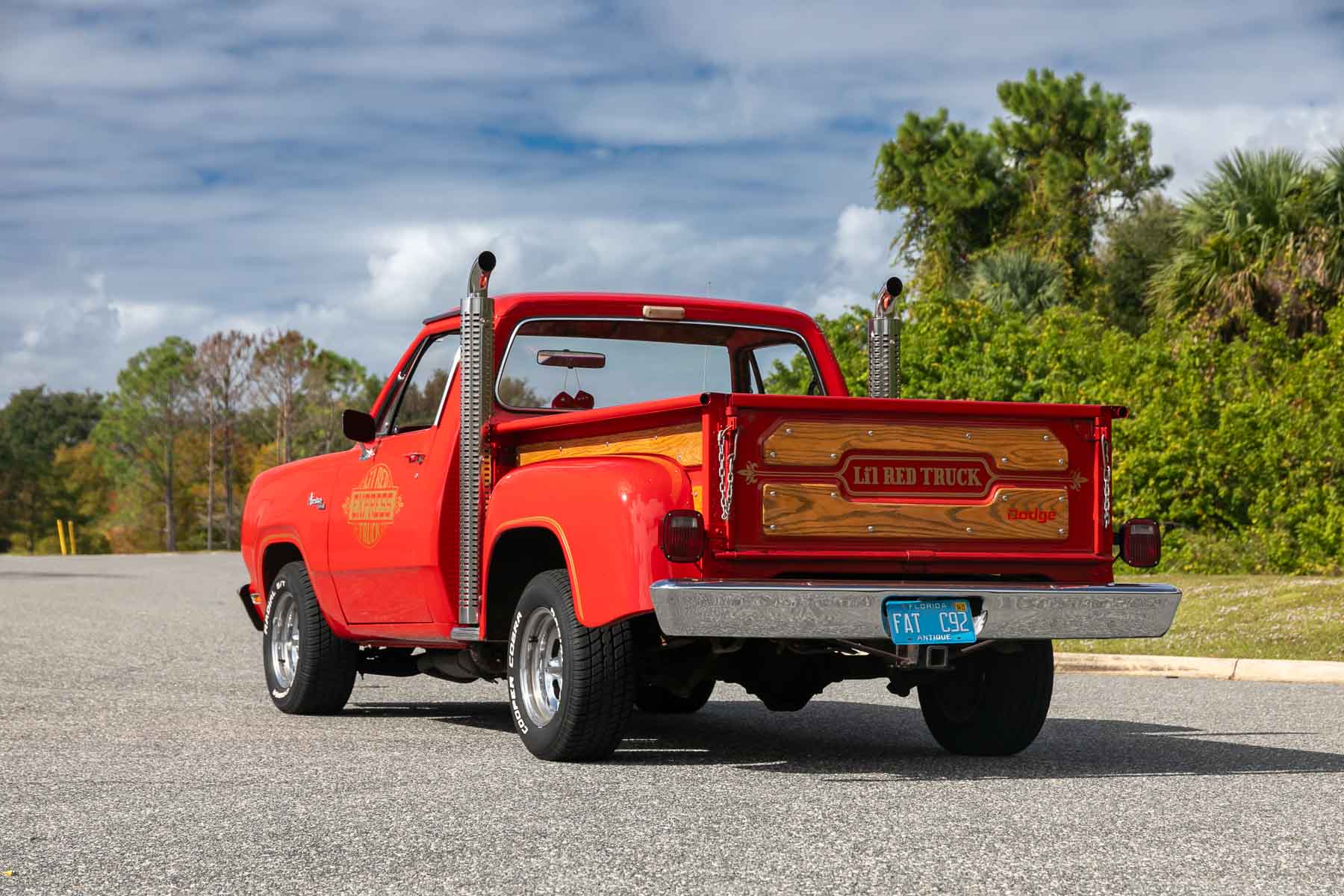In the ever-evolving world of collector vehicles, few trends have turned more heads—and raised more eyebrows—than the surging values of classic pickup trucks. Once relegated to workhorse duty on farms, job sites, and dusty backroads, these rugged icons of blue-collar Americana are now fetching prices that rival, and in some cases exceed, those of exotic supercars like Lamborghinis.
It’s a surprising turn of events. After all, these trucks weren’t built to be fast, sleek, or glamorous. They were built to haul, tow, and endure. Yet today, some vintage models—particularly from the 1940s through the 1970s—are commanding six- and even seven-figure sums at high-end auctions, private sales, and specialized dealerships.
The phenomenon isn’t just a fluke of a hot collector’s market. It reflects deeper cultural and economic shifts that have reshaped the way we value vehicles. Where a Lamborghini represents European engineering finesse, high-performance specifications, and a badge of luxury, classic trucks represent something else entirely: authenticity, simplicity, nostalgia, and character.
These trucks evoke memories of a time when things were made to last, when American manufacturing was at its peak, and when vehicles told stories about their owners, not just about their wallets. Add to that the rise of social media, reality TV shows like Gas Monkey Garage and Restoration Garage, and an expanding pool of affluent Gen X and millennial buyers with a taste for retro Americana, and the equation starts to make sense.
What’s more, the vintage truck scene isn’t just limited to original, unrestored models. The “resto-mod” movement, which combines the old-school aesthetics of classic pickups with modern performance parts and technology, has taken off. These builds often sell for astronomical prices, sometimes outpacing even the most sought-after Italian supercars. In other words, it’s no longer surprising to see a fully customized 1972 Chevrolet C10 sell for more than a Gallardo or even a used Aventador.
So, what’s really driving this shift in valuation? How can a vehicle once bought for under $2,000 now demand a price tag higher than a house—or a Lambo? Let’s dig into the culture, the craftsmanship, the rarity, and the nostalgia that have turned old work trucks into the new status symbols.
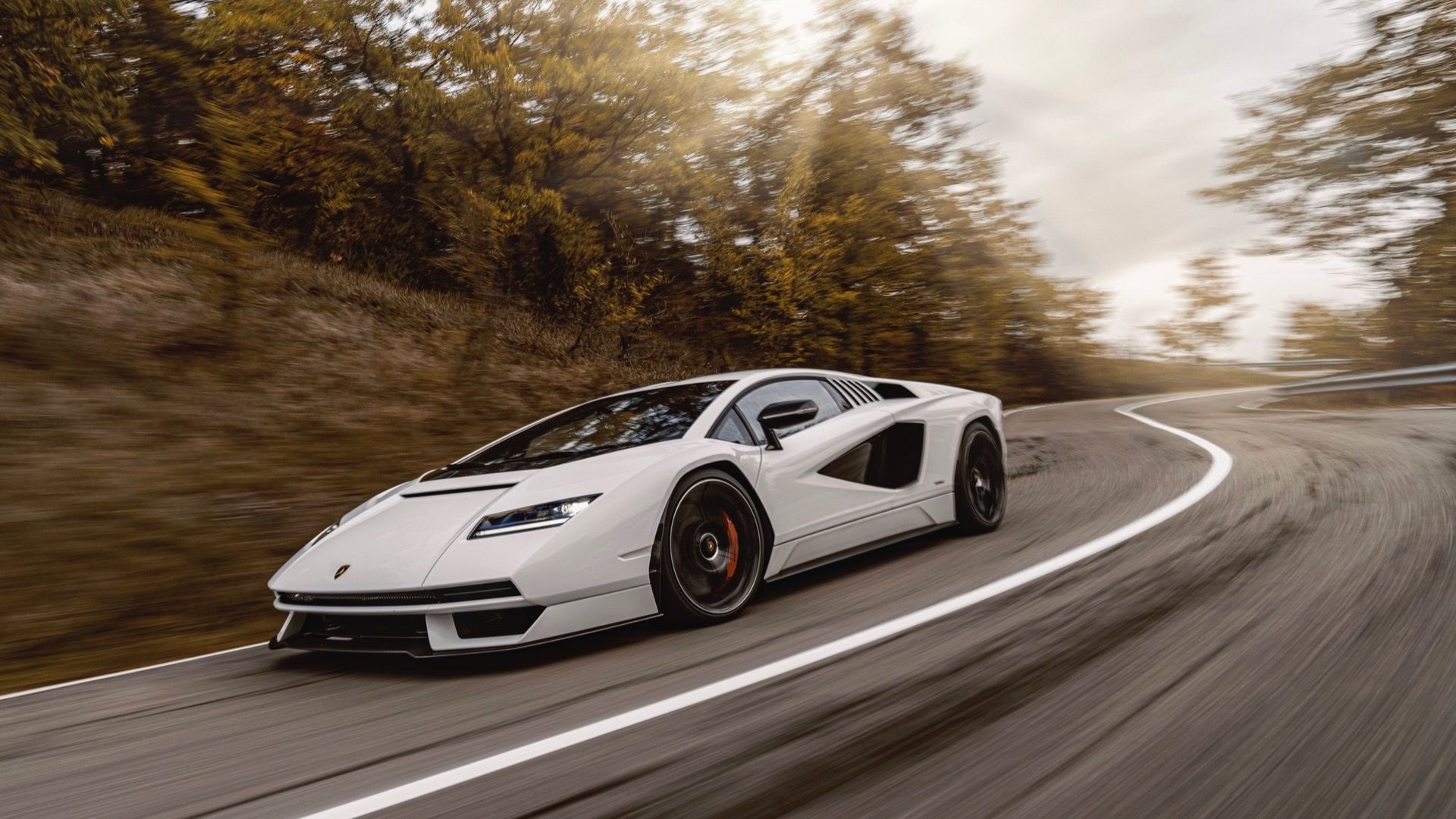
Cultural Nostalgia and Emotional Value
The emotional connection to classic trucks runs deep for many collectors, particularly those who grew up in rural or small-town America. For a large swath of buyers now entering their prime earning years—especially Gen Xers and baby boomers—these trucks are more than metal and rubber; they are rolling memory machines.
Unlike Lamborghinis, which often symbolize aspiration and opulence, classic trucks are more likely to trigger memories of learning to drive on grandpa’s farm, riding to school in a rusty Ford F-100, or helping Dad haul lumber in a square-body Chevy. That emotional tug plays a massive role in inflating values beyond logical thresholds.
In marketing and economics, there’s a term called “perceived value,” and that’s exactly what nostalgia inflates. When a buyer sees a truck that reminds them of their childhood, they’re not just buying the vehicle—they’re buying a feeling. That emotional transaction often justifies paying top dollar, even if the performance specs don’t come close to matching modern supercars. It’s an irrational market, but it’s deeply human.
No one waxes poetic about the time they saw a Lamborghini on TV when they were ten. But plenty of people do about sitting on the tailgate of an old Dodge Power Wagon with their grandfather at a Fourth of July parade.
Classic trucks also embody a type of masculinity and self-reliance that is vanishing from modern life. In a society that’s increasingly digitized, urban, and disconnected from physical labor, vintage pickups symbolize grit, usefulness, and authenticity.
That symbolic power isn’t lost on collectors or builders. As modern luxury becomes sleeker, cleaner, and more minimalist, the raw, utilitarian charm of an old truck becomes a kind of countercultural luxury—a rebel statement against the sterile sameness of high-end SUVs and hypercars.
Finally, pop culture plays a significant role in nurturing the nostalgic appeal. From films like Ford v Ferrari to country music videos and social media influencers reviving vintage Americana, the cultural cachet of classic trucks is constantly being reinforced. These vehicles are not just modes of transport—they’re cultural artifacts. And in today’s brand-driven society, the story your vehicle tells about you can often be more valuable than its spec sheet.
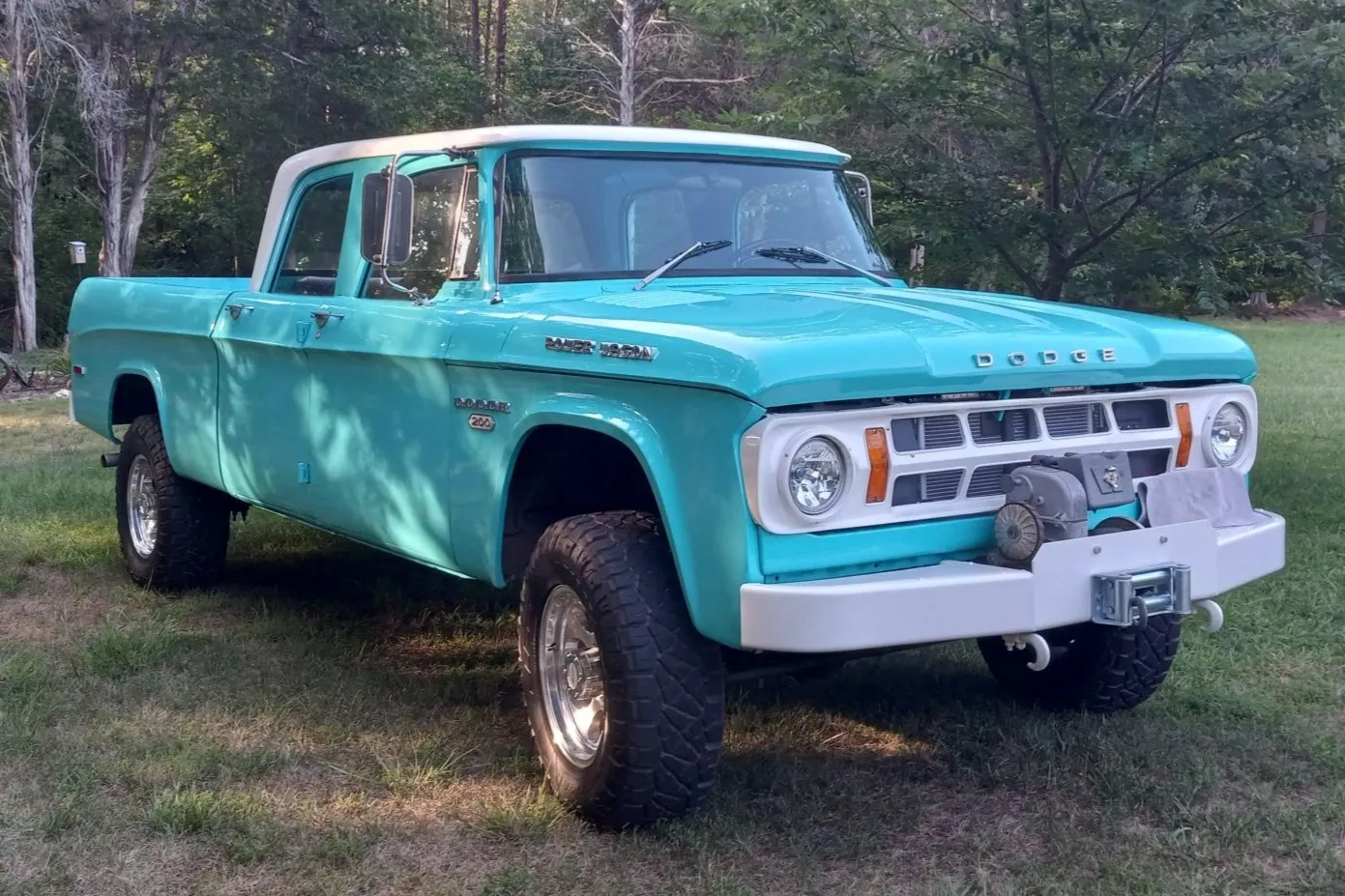
Rarity and Survivor Status
One major reason certain classic trucks command Lamborghini-level prices is simple supply and demand—there just aren’t that many of them left, especially in pristine or unrestored condition. Unlike exotic sports cars that are often meticulously preserved in climate-controlled garages, most classic trucks lived hard lives.
They were beaten up on farms, exposed to the elements, overloaded, and rarely pampered. As a result, finding a ’60s or ’70s pickup with its original sheet metal and drivetrain intact is increasingly rare. Rarity, in the collector car world, equals value.
That scarcity is amplified when you consider limited-production models or region-specific versions. Trucks like the 1959 Chevrolet Apache Fleetside, the 1972 GMC Sierra Grande, or the Dodge Lil’ Red Express from the late ’70s are now hot commodities not because they were flashy or luxurious in their day, but precisely because they were unique or short-lived. The fewer examples that remain in good condition, the higher the price they command, especially when buyers are competing for bragging rights.
Additionally, the concept of a “survivor” truck—one that’s still in original condition, with matching numbers and patina—has gained immense popularity. Collectors today often value originality over perfection. A truck with faded paint, dents, and worn seats tells a story; it’s authentic.
That authenticity translates into desirability, especially among high-end buyers who see themselves not just as owners, but as custodians of American history. This reverence for originality has led to a bifurcated market: on one side, high-end, modernized resto-mods built to perfection; on the other, perfectly imperfect survivors that offer a time capsule of mid-century working-class life.
Compare that to a Lamborghini, which is rarely driven and carefully maintained to retain value. While a Lambo’s worth is tied closely to its mileage, model year, and condition, a classic truck’s value might increase with visible signs of age, provided those signs tell a compelling story. It’s a reversal of the usual logic in automotive valuation and a testament to the shifting priorities of collectors in the 21st century.

Craftsmanship and the Resto-Mod Revolution
A huge driver of classic truck values is the booming resto-mod culture. This trend, short for “restored and modified,” involves taking old trucks and outfitting them with modern engines, suspensions, brakes, and tech—essentially marrying vintage aesthetics with contemporary performance.
A beautifully resto-modded 1965 Ford F-100 might now boast a Corvette LS3 engine, disc brakes, Bluetooth connectivity, and air ride suspension. These are not your grandfather’s farm trucks; they are rolling pieces of art and engineering.
What makes these builds particularly valuable is the craftsmanship involved. Top-tier resto-mods are often hand-built by specialists who invest hundreds, sometimes thousands, of labor hours into every detail—from custom metalwork to flawless paint jobs and bespoke interiors.
The result is a one-of-a-kind vehicle that turns heads not just for its looks, but for the incredible labor and creativity it represents. Some of these trucks have build costs well into the six figures, which justifies sale prices exceeding those of brand-new Lamborghinis. In this light, the comparison isn’t even fair: the Lambo is mass-produced (relatively speaking), while each resto-mod truck is essentially a custom commission.
There’s also an accessibility factor. While a Lamborghini can only be serviced by specific shops and requires a small fortune in upkeep, resto-mod trucks are often built with readily available parts from major manufacturers. They’re more user-friendly, more adaptable, and often more reliable in day-to-day use.
A collector might be more inclined to drive their tricked-out 1969 C10 to a local meet or on a summer cruise than risk the temperamental quirks of a $300,000 Lamborghini with a front splitter that scrapes on speed bumps.
Resto-mods also appeal to a younger crowd entering the collector scene. Millennials and Gen Z buyers often want vehicles that reflect personal taste, creativity, and usability, not just pedigree. A Lamborghini might be a status symbol, but a custom-built vintage truck is a conversation starter. It says something more than wealth; it speaks to identity, passion, and personal narrative.
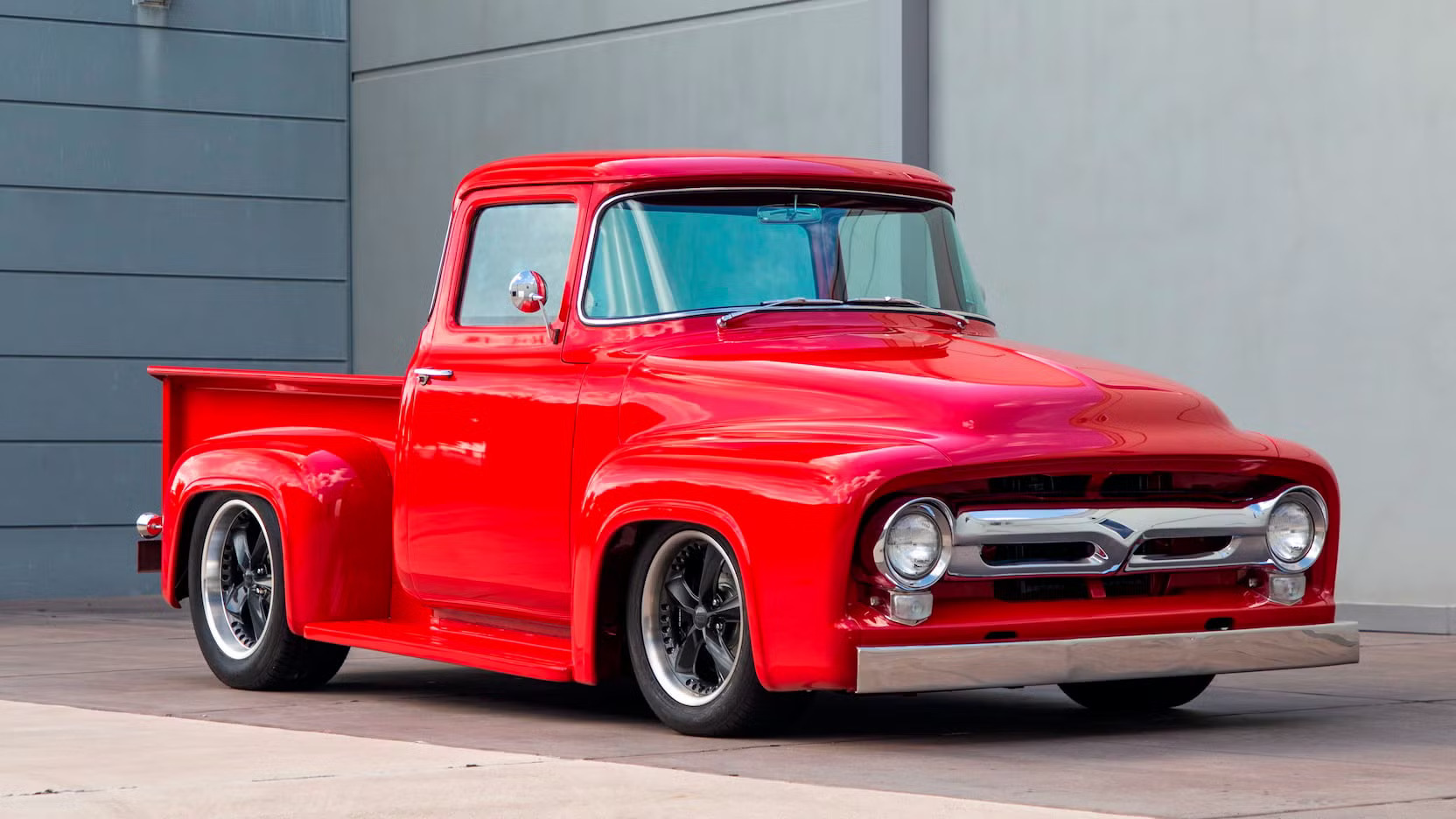
Community, Events, and Social Status
Another key reason for the rise in classic truck values is the vibrant and highly engaged community that surrounds them. Unlike the often exclusive world of exotic car collectors, the classic truck scene is remarkably inclusive, driven by passion more than pedigree.
This community fosters meetups, shows, swap meets, and online forums that create strong social ties. And in the world of collectibles, community is currency.
Events like SEMA in Las Vegas, Barrett-Jackson Auctions, and dedicated classic truck gatherings like C10 Nationals or Lone Star Throwdown have propelled these vehicles into the mainstream spotlight. Trucks that were once mocked as “junkyard rust buckets” are now center stage at multi-million-dollar auctions, commanding admiration from crowds and collectors alike.
That sense of belonging of being part of something is incredibly powerful, especially in a time when people are more isolated and digitally connected than ever.
Moreover, the social media explosion around classic truck builds has amplified their status. Instagram, TikTok, and YouTube have made stars out of garage builders and backyard restorers. A single viral video of a ground-up restoration or a perfectly executed patina job can drive enormous interest—and value. Influencers and online personalities now wield enormous clout in shaping trends and raising the profile of certain models, effectively turning personal builds into celebrity-status vehicles.
And let’s not ignore the new kind of social status these trucks offer. Where a Lamborghini used to scream success and exclusivity, it can now feel cliché or even gauche in certain circles. A rare, beautifully built ’68 Ford F-Series, on the other hand, communicates taste, depth, and appreciation for craftsmanship. It says, “I know what I’m doing” instead of simply “I have money.” In this way, classic trucks have evolved from utilitarian machines to personal branding statements.
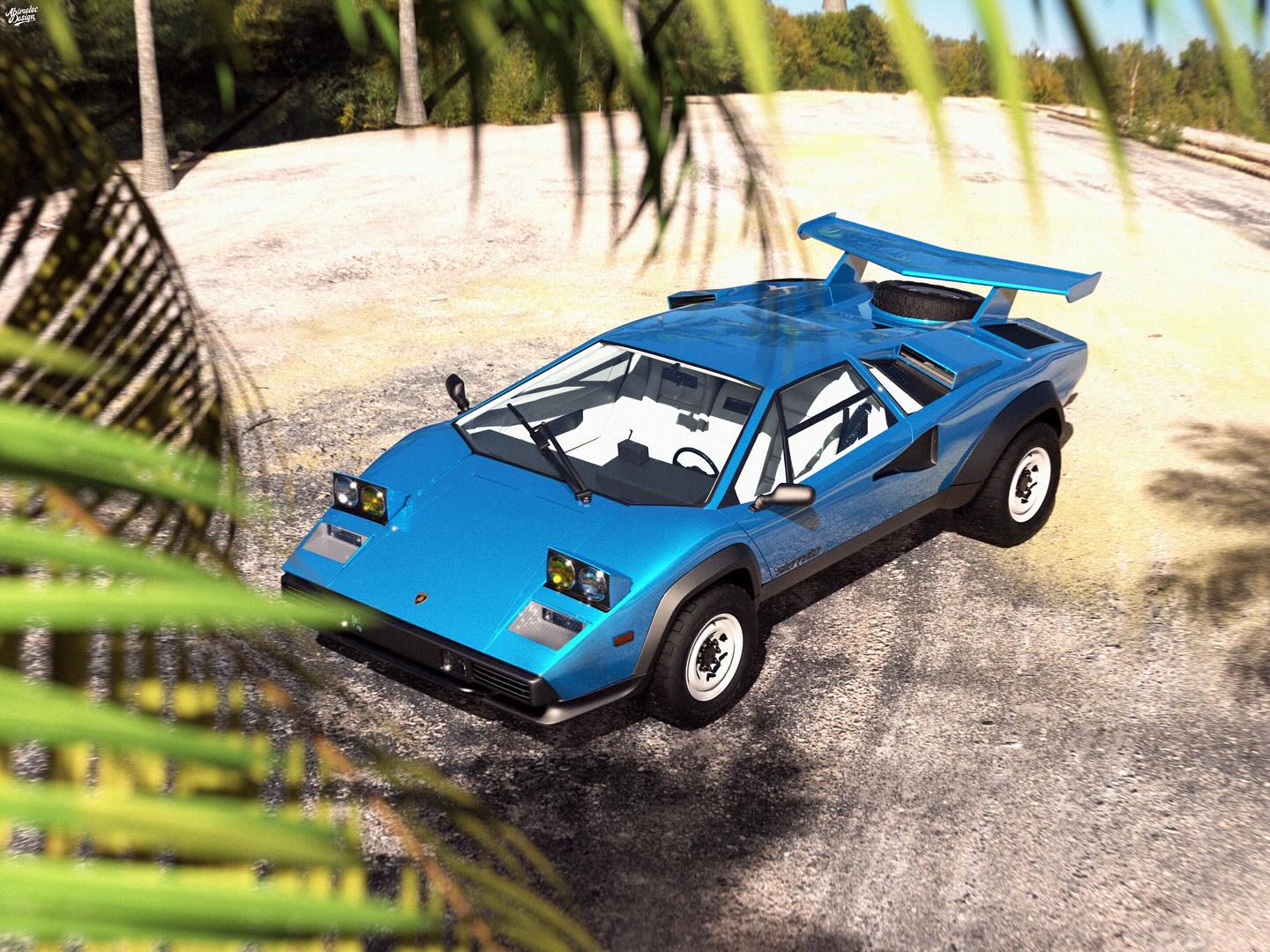
Investment Potential and Market Dynamics
The collector vehicle market has matured significantly in recent years, and savvy investors are increasingly looking at classic trucks as serious financial assets. Gone are the days when buying an old Chevy pickup was considered a sentimental act. Today, it’s a calculated move, akin to buying art or wine.
Classic trucks, especially rare or meticulously restored ones, have shown consistent year-over-year appreciation. In contrast, most supercars—Lamborghinis included—begin to depreciate the moment they leave the showroom floor.
Part of this investment appeal lies in market accessibility. Compared to the ultra-competitive exotic car market, the classic truck world has more entry points. Buyers can find trucks to restore or customize at reasonable prices and then see strong returns on investment through resale or auction.
The trend has even attracted hedge funds and wealth managers, some of whom now include collector vehicles in their diversified portfolios. When returns on traditional assets waver, tangible investments like collector trucks become all the more appealing.
Auction data supports this trend. Trucks that might have sold for $15,000 ten years ago are now crossing the block at $100,000 or more. Some models have increased in value by over 500% in the last decade.
Meanwhile, prices for some Lamborghinis—especially older models—have stagnated or even declined due to oversupply or shifting tastes. The volatility of the exotic car market makes classic trucks, surprisingly, a safer and often more profitable bet for long-term investors.
And then there’s the emotional dividend. Investors who buy stocks don’t get to drive them to a car show on Sunday. With classic trucks, there’s a lifestyle component that investing feels rewarding beyond financial gain. This dual payoff—emotional and monetary—is a rare combination in any asset class and one of the key reasons vintage trucks are now outpacing some of the world’s most famous supercars in value.
Here are the 5 trucks
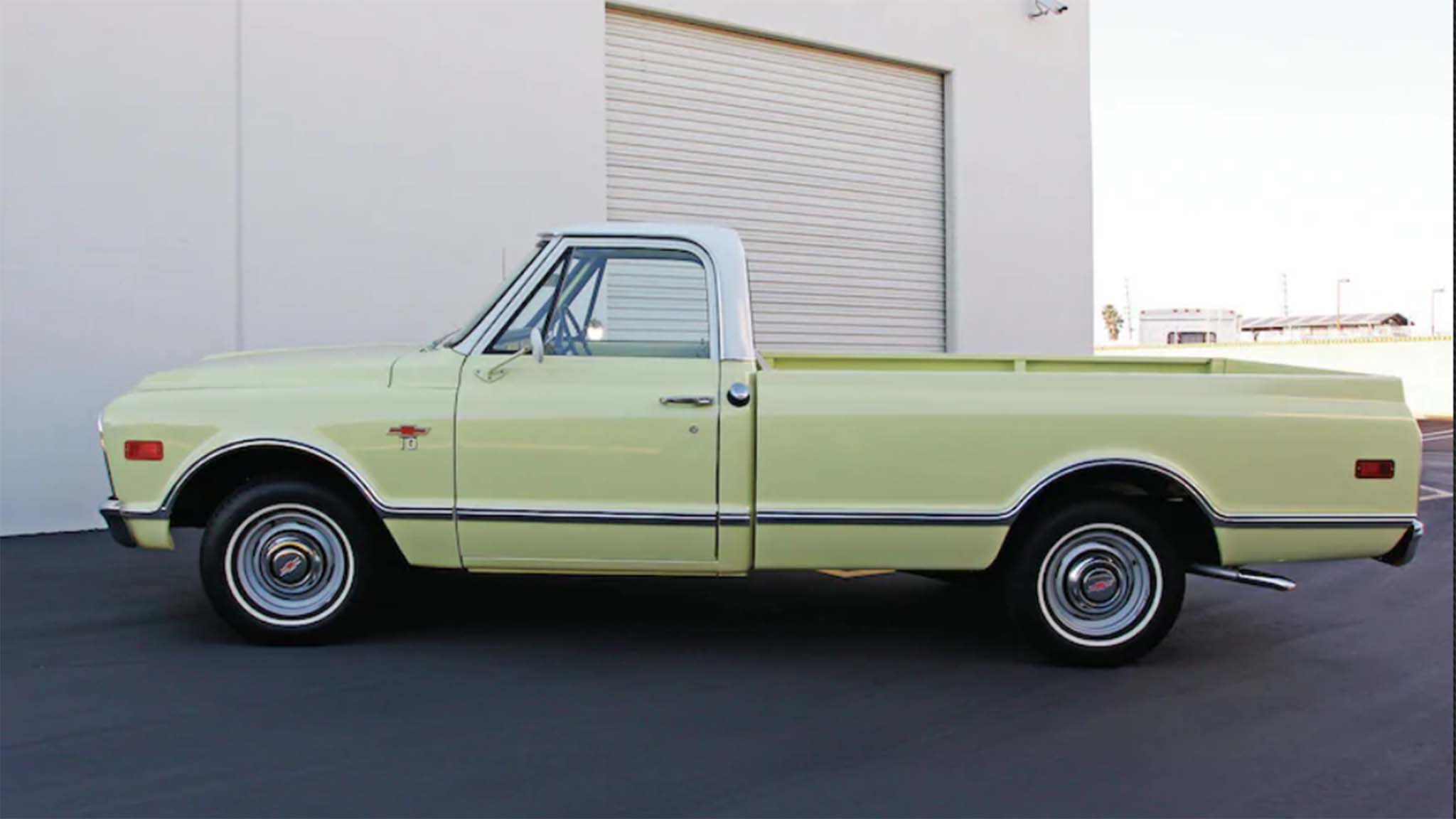
1. 1972 Chevrolet C10
The 1972 Chevrolet C10 is arguably one of the most beloved and collectible classic trucks in the world. As the final model year of the second-generation “Action Line” trucks, the ’72 C10 came with a perfect blend of vintage styling and modern drivability for its era. Its square body, bold grille, and timeless profile made it a standout on American roads—and now, a centerpiece at high-end auctions.
With trim packages like the Cheyenne Super, buyers had the option to include more upscale amenities, including wood grain accents, upgraded upholstery, and factory air conditioning.
What makes the ’72 C10 particularly appealing today is how it straddles the line between old-school charm and build-friendly architecture. It’s a favorite canvas for resto-mod builders due to its body-on-frame design, allowing for modern suspension swaps, engine upgrades, and interior customization.
Whether it’s slammed to the pavement with an LS3 under the hood or preserved in factory-original condition, this truck fits into almost any collector’s vision. That flexibility drives demand across a wide audience, from traditionalists to hot-rod fanatics.
In today’s market, a well-executed 1972 C10 resto-mod can fetch north of $200,000, far exceeding the price of many Lamborghini Gallardos. Even unrestored survivors with low miles have seen significant appreciation. Combine that with its deep roots in American car culture and the massive community of C10 enthusiasts, and it’s no wonder this model has gone from a reliable farmhand to a six-figure showstopper.

2. 1956 Ford F-100
The 1956 Ford F-100 is a design icon that perfectly captures the postwar optimism of mid-century America. Its bold, wraparound windshield and aggressive front grille set it apart from competitors and made it one of the most visually distinct pickups of the 1950s.
The single-year cab design of the ’56 model—featuring a vertical windshield and integrated headlights—has made it one of the most sought-after vintage Fords in the collector world. It was the last year of the second generation, and that rarity gives it both historical and monetary value.
What enthusiasts love about the 1956 F-100 is not just its looks, but its modding potential. Builders often drop in modern V8s, air suspension, and disc brakes, while keeping the bodywork relatively untouched. The result is a blend of raw 1950s charm and 21st-century performance.
Companies like Icon and Kindig-It Design have used the ’56 F-100 as the base for six-figure, show-stopping resto-mods featured at events like SEMA and Pebble Beach. Even stock examples, if properly restored, can reach into the $100,000–$150,000 range.
Today, the 1956 Ford F-100 is no longer just a cool old truck—it’s a collectible piece of Americana. It represents an era where styling and substance were equally valued, and its singular design year gives it a scarcity that collectors crave. In the hands of skilled builders, this truck can easily be worth more than a Huracán—and it’ll turn more heads doing it.
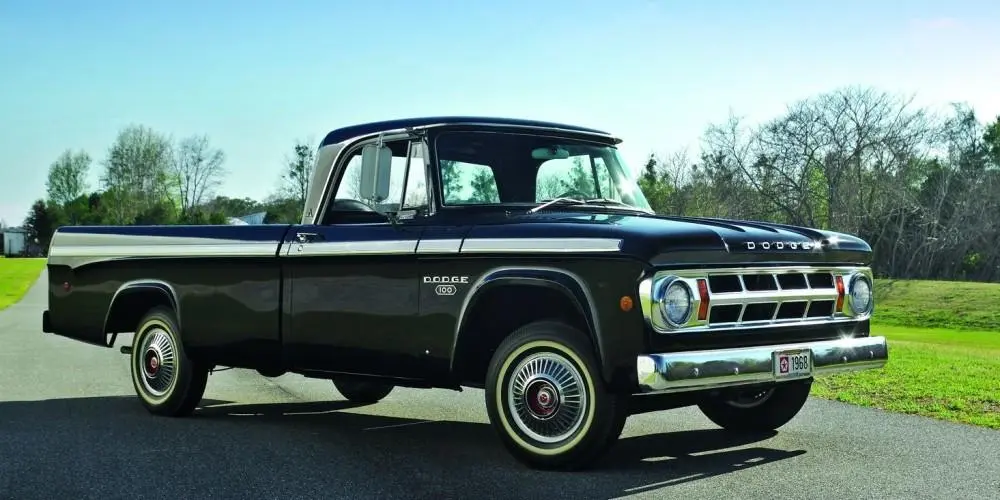
3. 1969 Dodge D100 Sweptline
The 1969 Dodge D100 Sweptline is an underdog story in the world of classic trucks. Overshadowed for decades by its Ford and Chevy rivals, the Sweptline has enjoyed a renaissance as collectors and builders look for alternatives to the more obvious choices. With its clean, boxy design and distinctive horizontal grille, the D100 stands out as a timeless yet underappreciated gem. Dodge’s advertising in the late ’60s branded the truck as “The Sweptline Look,” and its aesthetic appeal has aged incredibly well.
One reason the D100 has surged in popularity is its rarity. Fewer of these trucks were built compared to Fords and Chevys, and even fewer survived the hard work lives they were bought for. That scarcity, combined with the growing interest in unique builds, makes them hot commodities.
Builders love using the D100 as a platform for customization due to its rigid frame and straightforward mechanical layout. When resto-modded with modern engines like a Hellcat V8 or Cummins diesel swap, the D100 becomes both a beast and a beauty.
The market has finally caught up with the D100’s potential. Restored or modified versions can now be seen at top-tier auctions like Barrett-Jackson, where some have sold for well over $150,000. It’s a dramatic shift from a decade ago when these trucks could be bought for under $10,000. While still slightly niche compared to the C10 or F-100, the 1969 D100 Sweptline is becoming a breakout star—one that combines rarity, character, and explosive value potential.

4. 1949 Chevrolet 3100 “Advance Design”
The 1949 Chevrolet 3100 is part of the legendary Advance Design series, which marked Chevy’s first major post-WWII truck redesign. Launched in 1947, this series quickly became a symbol of American resilience and prosperity.
By 1949, the truck had been refined for both style and utility, featuring a curvier body, integrated headlights, and a roomy cabin. The 3100 ½-ton pickup was the most popular in the line and is now among the most iconic classic trucks in history.
Part of the reason collectors are drawn to the ’49 3100 is its universal appeal. It’s the quintessential “grandpa truck”—the kind you see in Norman Rockwell paintings or on vintage postcards.
That nostalgic image resonates with multiple generations, and when you combine it with a killer resto-mod package—think Corvette engine, independent suspension, and leather-clad interiors—you get a vehicle that’s both heartwarming and jaw-dropping. Companies like Legacy Classic Trucks and Roadster Shop have created world-class builds based on this model.
In terms of value, the 3100 punches far above its weight. Original versions in showroom condition can pull $70,000 or more. Resto-mods, especially with modern amenities and high-end materials, regularly top $200,000 at auctions. When you consider that a used Lamborghini Huracán can fall within that same price range—and often depreciates faster—the 3100 suddenly seems like both a smarter and more soulful investment.
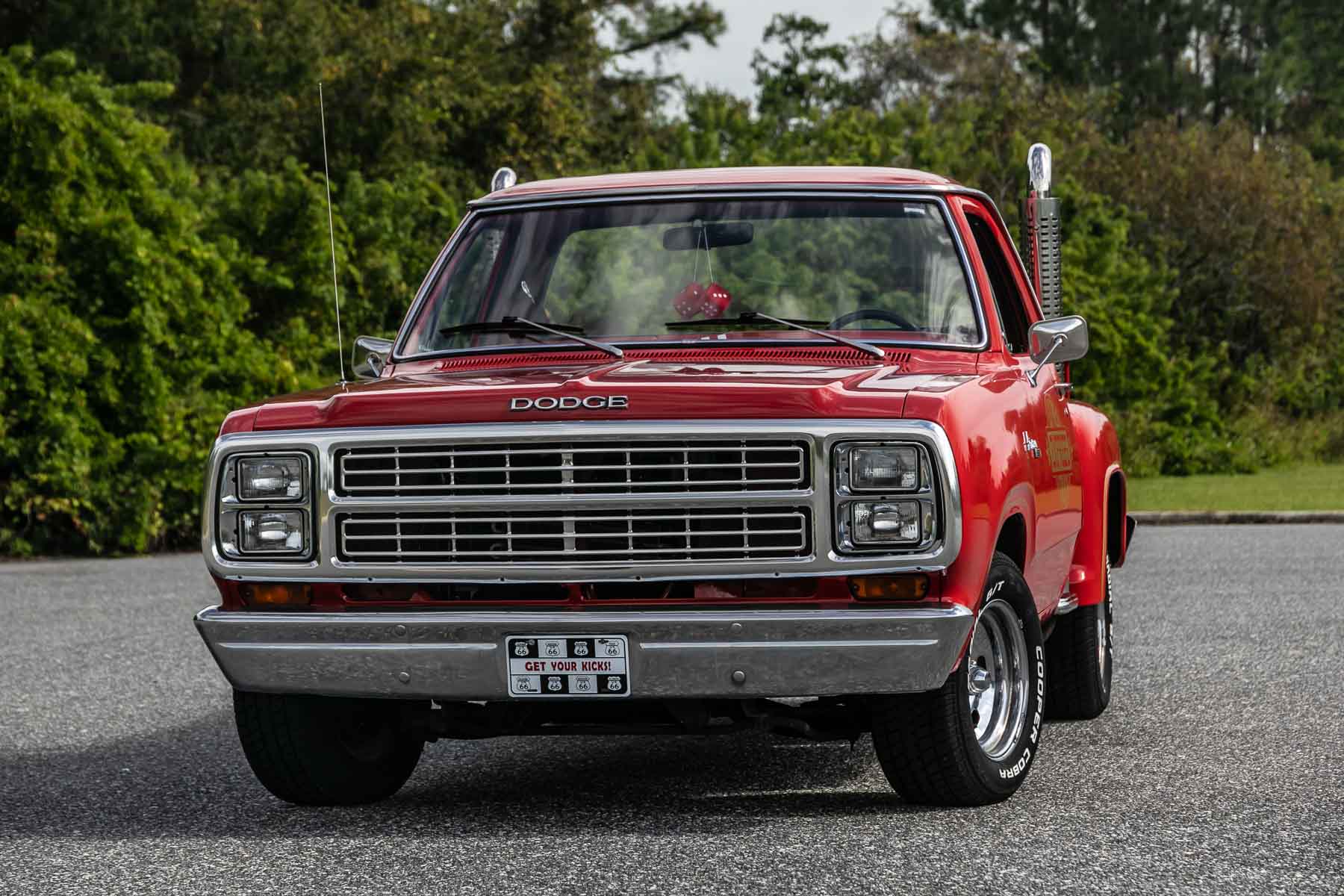
5. 1977 Dodge Lil’ Red Express
Few trucks are as wild or as unapologetically American as the 1977 Dodge Lil’ Red Express. Built during an era when emissions regulations had gutted muscle cars, Dodge found a loophole by building a performance truck that bypassed passenger car restrictions.
The result? A factory hot rod disguised as a pickup, complete with vertical chrome exhaust stacks, bold decals, and a 360-cubic-inch V8 that made it the fastest American vehicle from 0–100 mph in 1978, even faster than a Corvette.
The Lil’ Red Express wasn’t just fast—it was a marketing masterpiece. Only 2,188 units were produced in 1978, with slightly more in 1979, making it a true limited-edition classic. Its unique styling—wood-trimmed bed panels, red paint, and loud pipes—ensured it turned heads in its day, and even more so today.
Unlike many classic trucks that rely on custom shops for flair, the Lil’ Red Express came factory-built with attitude, giving it a purity that appeals to collectors.
Today, these trucks have become cult favorites. Their rarity, combined with their outlaw status and surprising performance, has driven prices into the six-figure range for well-preserved or correctly restored models. In an age where muscle car culture is back in full swing, the Lil’ Red Express sits at the intersection of nostalgia, performance, and uniqueness. It’s not just a collectible—it’s a conversation piece that just might leave a Lamborghini in its chrome-tipped dust.

